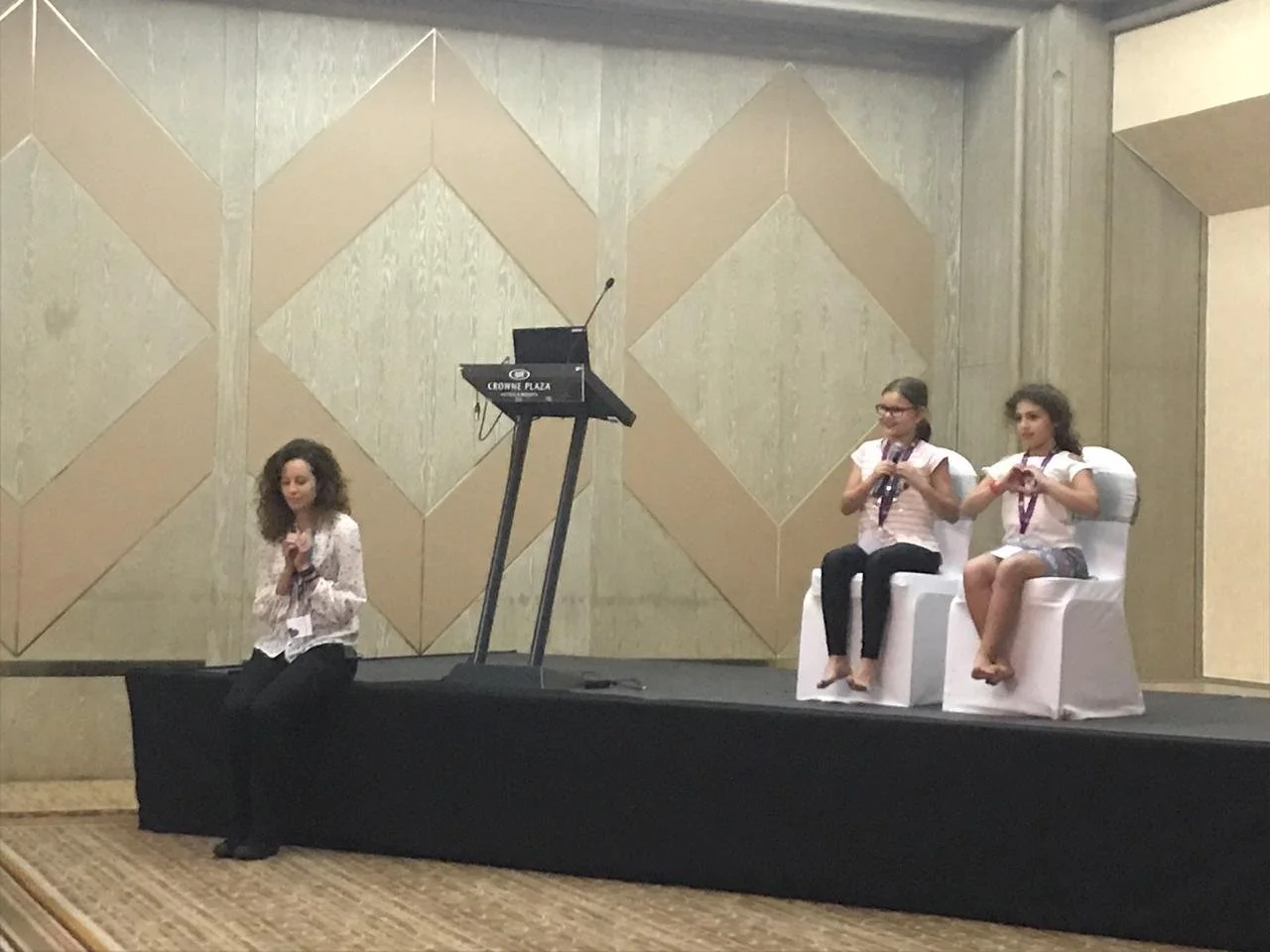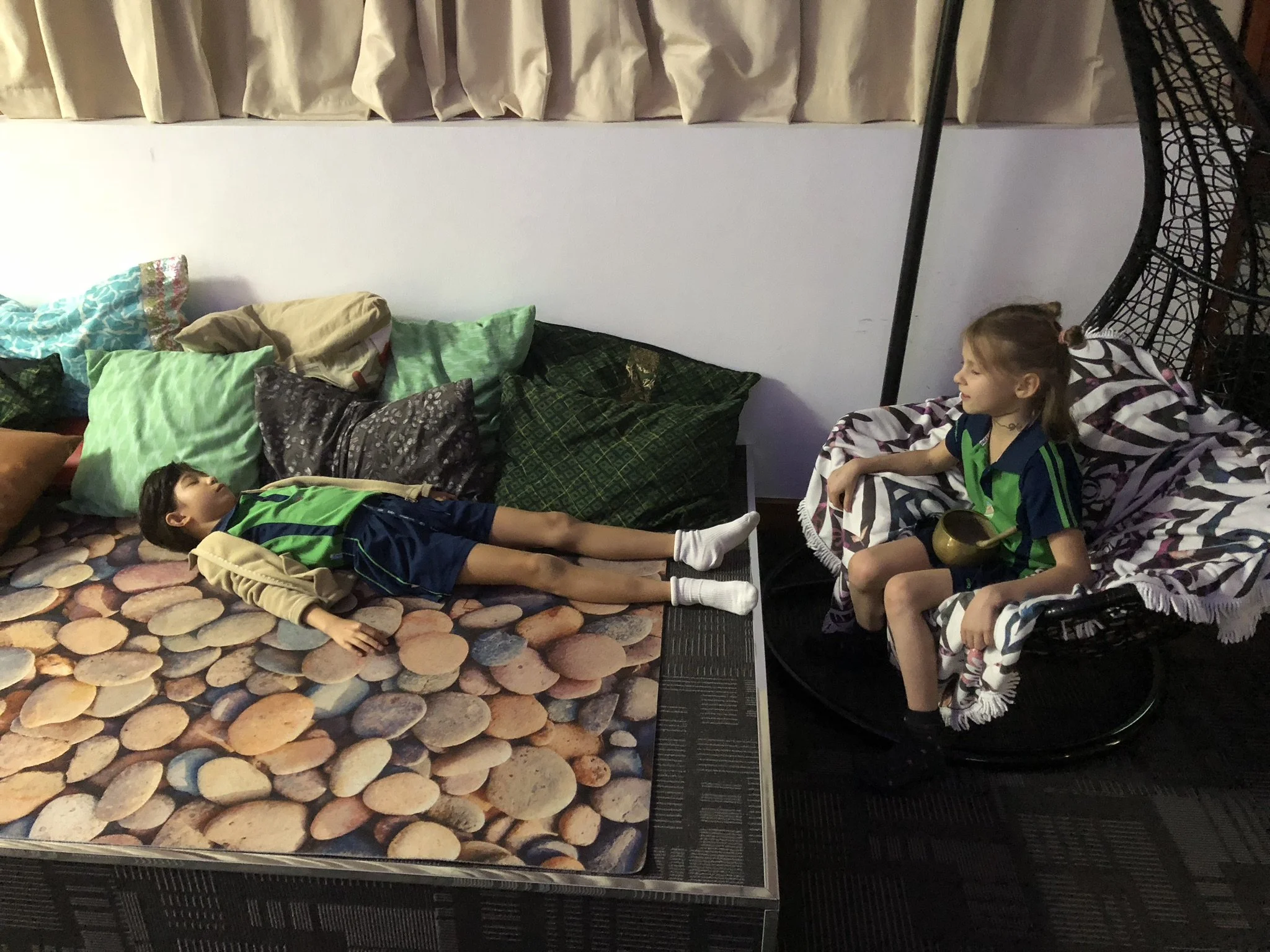
“Our life is shaped by our mind, for we become what we think” - Buddha
Mindful integration into daily life is so powerful, especially when led by students.
Students leading mindfulness session to teachers and administration
Practicing by leading sessions helps to internalize mindful awareness.
School wide assembly celebrating world happiness day by sharing love and compassion.
Students are the best leaders in teaching mindfulness to their peers.
Why Mindfulness?
Throughout my teaching and life experience, I can testify that mindfulness practice has incredible life-changing benefits that can be gained when children of all ages learn the basics of being mindful. Even those children who are just starting school can begin to understand what it means and to start to apply the lessons learned in everyday life. By learning when young, mindfulness is likely to become an integral part of everyday life thereafter, and an integral life skill. The main premise of mindfulness is to be present, being here now. If we spend too much focus on what is happening tomorrow or thinking too much about the past, we forget about the here and now which means all the experiences around us are missed. The present is the place of certainty. It’s in the here and now that life exists. Though with our super active monkey-like mind, it is no easy task. We have on average 80,000 thoughts just in one day! That is why the awareness of what is servicing us vs. distracting us is key to help in our mindfulness journey.
In addition, mindfulness can enhance learning, developing awareness and clarity of mind in far greater depth than might be considered possible. It's no wonder that time and again research has shown academic results inevitably improve when kids are in a healthy mindset.
See links attached for ideas on easy to use mindful practices, as well as audio links to guided breathing exercises.




